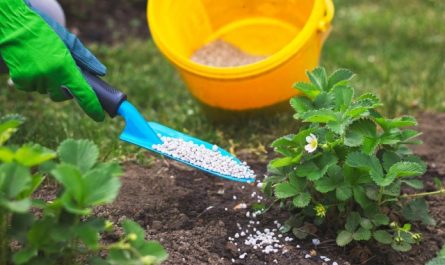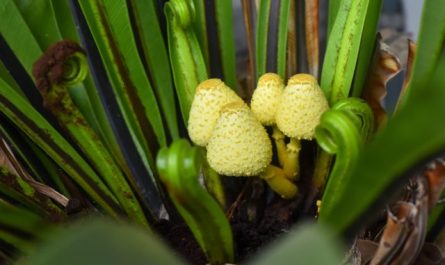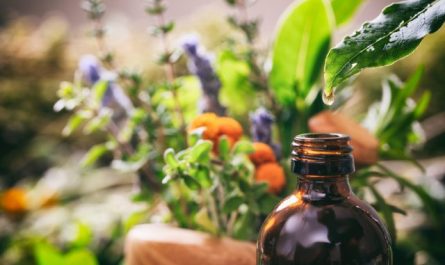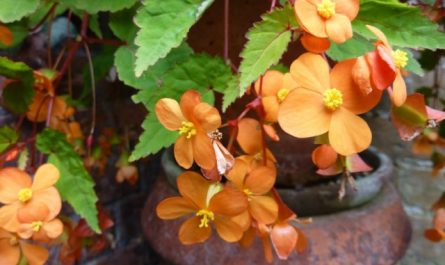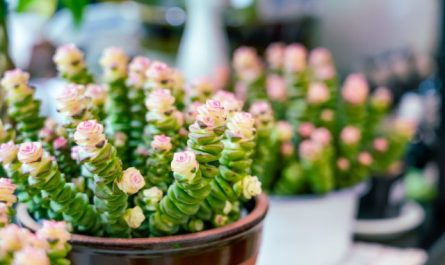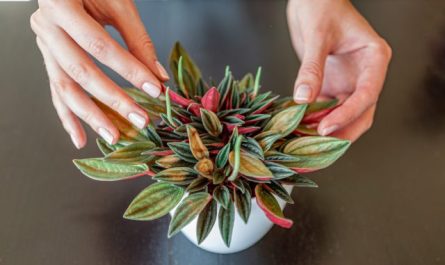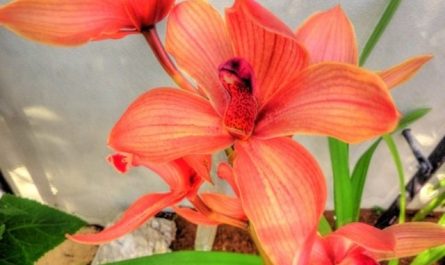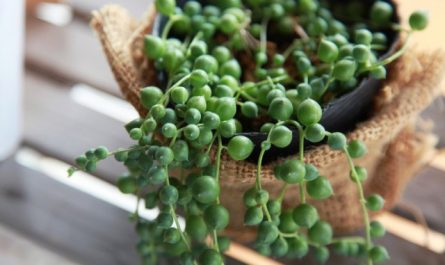Yews and capitate yews, with which they are so often confused, have an enviable reputation as long-lived and unusually beautiful trees. In indoor culture, unlike garden culture, they are a great rarity. And it is not only because even the needles of these beautiful evergreen trees are toxic. Yews are one of the most expensive types of bonsai, unpleasantly surprising in their capriciousness in their mini-format. Yews need constant care and control. But the beauty of these somewhat dangerous evergreen stars is incomparable to anything. Special texture and colors, the ability to experiment with style, shape and size are worth the effort spent on growing.

Contents:
Poisonous yew and its relatives in indoor format
The representation of indoor yews, unlike garden ones, is very modest. So far, in landscape design, the palm of primacy is reliably held by representatives of genuine yew (genus Taxus), in indoor format, plants belonging to the genus are more often used Capitateotissus (Cephalotaxus). In catalogs and in everyday life, all plants continue to be called simply yews, often passing off one species for another. The true name of the capitate yew is very rare. For indoor plants, it is fair to consider “capitate yew” and “yew” synonyms, because they are grown in the same way, the difference is only in the decorative “details”. The main difference between capitate yews is their longer needles and grape-like berries. In terms of care, all yews are very similar to each other.
All yews without exception, as well as capitate yews, are famous for their longevity and ability to maintain high decorative qualities not even for centuries, but for millennia. In indoor culture, yews are also one of the most spectacular long-livers. While cypresses and other conifers are mainly kept in rooms as young plants, yews in the form of bonsai can become family heirlooms. However, these plants will only reveal their full potential if ideal conditions are constantly maintained.
Yews and capitate yews are evergreen trees or shrubs that represent the eponymous family of Yew (Taxaceae) and belong to the most ancient plants on our planet. The height of yews is very limited: in nature, plants do not exceed 20 m for yews and 10-15 m for capitate yews, in garden culture, the maximum height is considered to be 4-5 m. Indoor yews are completely dependent on formation and their sizes range from 15 cm to 1 m depending on the chosen style. These are slow-growing trees that do not take the desired shape so quickly and often grow almost imperceptibly. But this feature allows adult and formed yews to retain their beauty for many years.
A distinctive feature of all yews is a wide, spreading crown, the beauty of which is fully revealed only with age – this can be considered characteristic of Capitate yews. The bark peels off in longitudinal strips. Straight trunks and sloping sparse shoots of young yews gradually change to raised and denser branches, forming a very dense pattern and a special texture of the crown. The needle-shaped leaves of Capitate yew differ from those of yew primarily in length. They are decorated with a darker color on the upper side of the needles and a lighter color on the lower side, they can grow up to 8 cm in length, very pleasant and soft to the touch, which is considered a big problem (the leaves of yews are so tempting to constantly touch, which, due to their toxicity, often leads to unpleasant consequences). A beautiful arrangement in a spiral or in rows with increased density gives the plant a special effect.
The most bizarre feature of the capitate is the presence of spherical male cones collected in groups on last year’s shoots, in which drupe-like seeds develop. Capitate is famous for its bizarre bright fruits, resembling olives or grapes, which only decorate this plant. Berry-like fruits ripen from August to September, gradually changing color, allowing you to see the bizarre structure with a fleshy shell around the seeds. Yew berries are bright red, poisonous, ripen slowly.
Types of indoor yews and capitate yews
Among indoor yews, the absolute leader is a plant known to most gardeners as yew tree (Cephalotaxus drupacea), and today reclassified as a type Harrington’s head lice (Cephalotaxus harringtonii). This is a beautiful tree with grey bark peeling off in spectacular stripes and thin shoots densely arranged in whorls, which, depending on the variety, can either droop or rise. The leaves of the plant are not so similar to the usual coniferous needles. They are needle-shaped, with a sharp tip, arranged in tight rows, can reach 5 cm in length, leathery and dark.
Much less common Fortune’s letterpress (Cephalotaxus fortunei) – a broadly oval, compact shrub with very long, up to 8 cm, needles, arranged in horizontal rows and flaunting a double color – dark on top of the leaves and light on the bottom.
Genuine yews are much rarer and come in one of three varieties:
- yew tree (Taxus cuspidata);
- yew (Yew ×media);
- yew berry (Taxus baccata).

Caring for yews at home
It is not for nothing that yews are considered exclusive plants in indoor culture. They are constantly included in the lists of the most poisonous indoor plants, but yews show their toxicity not when in contact with the skin, but only when consumed internally and handled carelessly. Of course, these plants should not be kept by those who have small children or pets, but yew is not as dangerous as myths say.
When choosing yew as one of the classic trees for bonsai, well known from its garden relatives, it is worth considering that endurance and undemandingness are not inherited in bonsai. Yews can be recommended to experienced gardeners, those who have skills in shaping plants or at least basic knowledge of the art of bonsai. This culture is interesting to grow yourself. It allows you to hone your skills and improve your abilities. But when caring for yew in an indoor format, it is very important not only to monitor the condition of the plant, but also to be able to notice the slightest problems and quickly respond to them.
Lighting and placement of yews
The main advantage of indoor yews is their ability to adapt well to secluded and bright lighting. Adult yews are not afraid of either sunny areas or partial shade. However, the lighting should be stable and yews should be accustomed to certain conditions slowly, stretching out the process and thereby minimizing stress. Semi-shaded placement for yews is preferable if the plant suffers from heat in summer or winter. Too intense lighting combined with hot temperatures leads to drying out of the needles and loss of color, even with additional measures to humidify the air.
If possible, it is better to maintain the same level of light for yews as they are used to in summer in winter. This is easier to do for yews that are kept in secluded light or partial shade (simply moving them to a brighter place on the windowsill will fully compensate for the seasonal reduction in light).
Temperature and ventilation conditions for Yew capitata
Despite its indoor status, yew retains its cold resistance and partially frost resistance even when grown as bonsai, although you should not experiment with the temperature regime and allow the plant to freeze. The optimal wintering regime is at a temperature of 13 to 15 degrees.
During the active growth period, the plant copes well with any room temperatures, but if there is a possibility to avoid heat, it is better to use it. After all, at high temperatures, the slightest mistakes will immediately affect the beauty of the crown.
Yews love fresh air and are best kept outdoors or on the balcony throughout the summer. The rest of the time, the rooms where the yews are located are best ventilated regularly. The plants are not afraid of drafts, but if the bonsai is grown only in a living room, they should be protected from cold air currents.
Watering for yew and air humidity
Yews are one of the most difficult bonsai species to water. These plants are so sensitive to dampness that they do not tolerate even constant average soil moisture. Before each watering, you need to check whether the soil in the middle of the pots has dried out. Yew tolerates complete drying of the soil better than other bonsai species. For yew, you need to use water at room temperature with soft characteristics.
In fact, it is necessary to increase the air humidity for yew only in bright light and at elevated temperatures, but the closer the air humidity indicators are to the average, the better this bonsai will develop and look. In summer and winter, plants will respond gratefully to daily spraying or installation of humidifiers.

Top dressing and fertilizer composition for indoor yews
For this type of indoor trees, it is preferable to follow a rather specific fertilizing schedule. These plants do not respond well to excess fertilizers, and fertilizing with the usual frequency causes rapid growth at the expense of shape and beauty. Fertilizers are applied only in spring and summer, once a month.
For any indoor yews, it is advisable to use special fertilizers for conifers or fertilizers for bonsai.
Pruning and shaping yews
The size, shape, and style of indoor yews are controlled using both wire and formative pruning. Wire is applied to yew only on mature shoots, as young branches are easily damaged and most often die off. It is possible to direct and restrain the growth of shoots in this type of bonsai only during the dormant period. Pinching the tops of shoots is of little use; for yews, it is replaced by pinching flower buds. If the bonsai blooms well, and they want to achieve abundant fruiting in the yew, then pinching is carried out after flowering in the usual way. Yew can be pruned both in the spring, at the beginning of active growth, and before wintering. Usually, the plant is formed along the desired contour, focusing on the size and cutting off all unnecessary shoots. Yew is not afraid of strong pruning, which is the main tool for shaping bonsai. The only rule for shaping is to make cuts above the whorls of needles, and not under them.
For yews, in addition to regular pruning, you will also need to take care of sanitary cleaning:
- removing damaged, dried, yellowed branches;
- removing dry and unattractive needles (usually this procedure is carried out only in the fall or early spring);
- about cleaning the bark with a thick brush to remove accumulated dust, dirt and plant debris (the bark is cleaned especially diligently in branches and folds);
- about removing plant debris from the top of the substrate or about decorative backfill.
Yew replanting and substrate
The slow growth of yews allows replanting only when necessary. Even at a young age, plants slowly develop a lump of earth and just as slowly build up above-ground parts, so replanting is usually done once every 1 or even 3 years.
Yews require very specific soil. They prefer not just calcareous, but chalky soils, although in indoor culture they can grow in any universal substrate. Bonsai can be grown in special soil. If you mix the soil yourself, you can use a simple composition of equal parts of river sand, leaf soil and high-quality compost. You can also use ready-made substrates for conifers.
Containers for growing yews are selected in accordance with the growth form of the plant. When growing bonsai, yews are grown in decorative bonsai pots, but you can also place the trees in regular containers. The large weight and density of the crown require the selection of stable containers. Pots with a depth greater than the diameter are preferable for yew. Usually, the size of the pot is selected based on the diameter of the trunk and crown, since the size of the root system is easily controlled by regularly trimming part of the rhizome.
The procedure for replanting yews is somewhat specific. Even if the plant is not being made into a bonsai, it is still recommended to remove a third of the roots each time during replanting to reduce their volume. In this case, pruning is carried out along the perimeter, trying not to destroy the earth lump and to preserve the main soil around the base of the root system.

Diseases and pests that often affect yews
Among the pests on indoor yews there are scale insects, leaf rollers, galls, which attack the plant’s buds. It is better to fight all types of insect pests at once by treating them with insecticides.
Careless watering and overwatering can cause the spread of both root and stem rot. Timely drying of the soil lump and changing the watering schedule will help to cope with the initial stages of their spread.
Common problems in growing yews:
- drying of leaves in dry air and heat;
- yellowing of the crown when watered with cold water or in dry air.
Reproduction of indoor yews
The methods of growing yews in the form of bonsai are no different from the options for propagating this plant in garden culture. Yews can be obtained from seeds or by rooting cuttings. But the most popular method for forming bonsai remains cuttings, which allows the correct choice of branches for rooting to initially determine the shape of the plant. For this plant, the grafting method is sometimes used (in the side cuts of more accessible conifers, cutting the rootstock after the scion takes root). To form bonsai and transfer to indoor culture, you can use small yew seedlings, which are sold as garden plants.
Cuttings for rooting yew should be chosen carefully, because the nature of the plant’s growth will depend on which shoots are chosen. For spreading forms and low-growing silhouettes, cuttings are taken only from the side branches. And if you want to get a pyramidal, conical or elongated shape, root the top, cutting the cutting from the central shoot. Yew cuttings are cut in early autumn, in mid- or late September, immediately treated with a growth accelerator solution and planted at an angle in fertile substrate. Rooting lasts a very long time. During the winter, cuttings are kept in a greenhouse or cool rooms, rooting usually occurs in late winter or spring.
Yew seeds require long stratification. It is advisable to place them in the cold for 10-12 months immediately after collection, carefully removing the fleshy scales from the seeds and drying them in a warm, ventilated room. After stratification, soak them in a solution of growth stimulants. Seeds are sown not too deeply, in small individual containers. If you maintain a slight constant soil moisture, yew seeds germinate 7-8 months after sowing. Young plants are sensitive to root injuries, direct sunlight, drying out of the soil and too much watering.
Thanks to the fairly dense crown of yews, it is easy to bend and root the lower shoots. For rooting the layers, select flexible and as young branches as possible. The area that will be laid in the soil is stripped of needles and a longitudinal cut is made on the branch. The technique for rooting the layers is similar to any garden shrub: the branch is fixed in the soil and sprinkled with substrate on top, maintaining constant moisture. The layer can be cut off from the main bush only when young branches begin to develop at the top. Yews obtained by this method require careful care, protection from temperature changes and direct sunlight.
